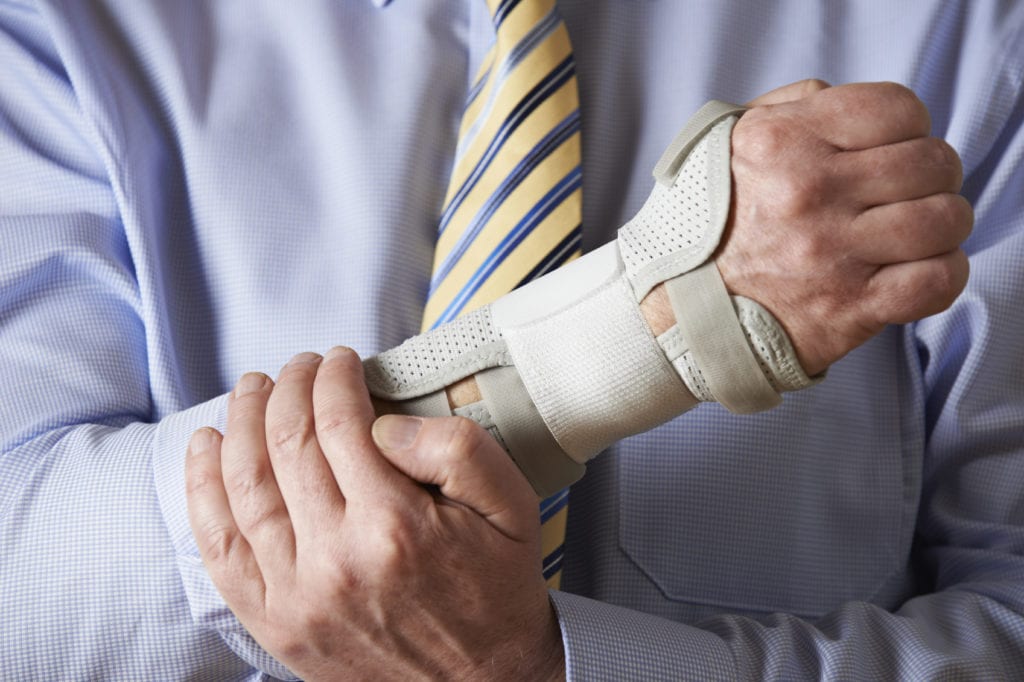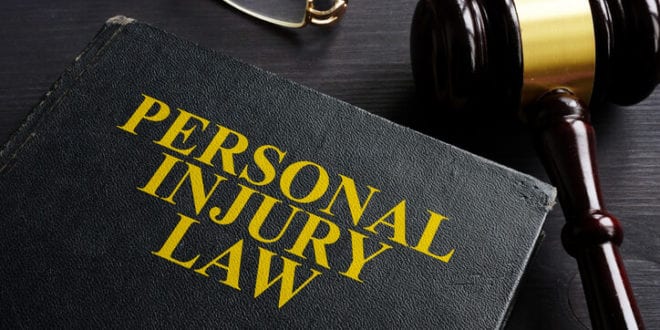Some states, such as Michigan, are making a renewed push to educate new drivers about personal injury protection laws. It comes as fatal accidents have remained stable for the past few years, and several states seek to implement tactics that cut down on fatalities on the roads.
Davis, Saperstein & Salomon P.C. is a law firm specializing in helping their clients to get justice when they’re injured on the roads. You can read more about them at www.dsslaw.com.
What Is PIP?
PIP states are states in which drivers must have personal injury protection insurance. Otherwise known as no-fault insurance, these laws were passed in the 1970s in an attempt to make it easier to figure out liability as a result of car accidents.
Some people claim that by educating drivers about no-fault insurance, it’s possible to cover the high insurance costs. These insurance policies typically cover up to $10,000 in fees.
Some states demand that all drivers have PIP insurance, whereas countries like Washington make it optional.
How PIP Laws Work

Drivers need to understand how these laws work. Critics of the system have always said that PIP insurance penalizes good drivers as they have to cover an extra cost despite being safe drivers.
However, they don’t avoid assigning fault, but instead, they prevent spending a long time figuring out liability for minor accidents.
Drivers Don’t Understand What PIP Covers
With traffic accidents being the 9th leading cause of death in the US, drivers are startlingly unaware as to what PIP covers.
It’s noted that many drivers purchase this type of coverage because they have to but without truly understanding that not only does it cover the driver but also any passengers.
PIP covers everything from your health insurance deductible to lost income due to injuries (although this only applies in specific states).
Davis, Saperstein & Salomon P.C. say it’s essential to purchase an appropriate level of coverage. For those without a big safety net, for example, it’s well worth buying the maximum level of insurance coverage to ensure your salary is covered if you’re injured and can’t make it work.
Drivers Should Act Now

Following the month of car insurance, drivers are recommended by the insurance industry to take action. They say a huge percentage of drivers have a lack of coverage and could find themselves in trouble if they find themselves involved in a severe accident.
The impact of a severe accident on the road is far-reaching, and drivers should always prepare for the worst, even if they never utilize a high level of auto insurance coverage.
Guide for personal injury cases
When you are injured as a result of someone else’s actions, you should go to a lawyer. Generally, however, when an injury occurs, the law raises some fundamental questions:
Objective duty of care: Is it necessary for a person to take precautions to avoid hurting another person?
The law does not impose an absolute responsibility on everyone to protect others at all times. Therefore, some injuries are simply accidents, not cases for the court. How the law begins to distinguish between injuries that are mere accidents and those that are grievances is by asking, “Did the person or entity that caused your injury has a “duty” to take any level of precaution to prevent you from injure?” Sometimes an injury is caused by someone who did not have an obligation to ensure the safety of the injured one. In these cases, there is no damage recovery.
Example of cases where there is no duty of care or right to recovery from damage due to injury: The property of person B has much-broken glass and is fenced. If person A enters the property of person B illegally, person B has no responsibility for caring for person A. If A is injured by broken glass. In contrast, on the property of B, A cannot recover damages from B.
There are numerous levels of care that the law imposes on people. Usually, the duty is one of ordinary care, that is, the law requires that a person not be careless or negligent concerning others. But there are also less stringent levels of care and stricter standards of care:

Negligence: Negligence is the “daily duty of care” that exists in many situations. It is the duty to take reasonable precautions so that your actions do not put others at risk of injury. When the law seeks to determine if someone was negligent, he asks: “Could a reasonable person foresee that his actions could cause injury in this particular situation?” This type of obligation requires that people repair dangerous conditions on their property or warn of hazardous conditions that cannot be fixed or have not been fixed. It requires that we obey the traffic laws and turn off the fires, as well as other reasonable daily actions. If someone tells you some facts and your answer is “how careless!”, Then there is probably negligence.
Recklessness: the duty not to act carelessly and regardless of whether your actions will put others at risk. This type of obligation is more challenging to prove than negligence and, in general, applies to police officers and firefighters who are responding to an emergency. Speeding and not stopping in red light would generally be considered carelessness or recklessness. Still, we allow police and firefighters to do so, as long as they warn others that they are responding to an emergency.
Intention: One has the duty or obligation not to cause intentional injury to others when there is no justification for doing so. A person cannot approach another person and hit her in the nose. A person cannot spread false rumors about another person to hurt that person. However, one can punch another person in the nose if that person gave him a fist or if he is threatening him with a knife.
Strict liability: this duty imposes an almost automatic responsibility if it is breached and results in an injury.
Example: If a person is prohibited from doing something and you do it, causing injury to another person, then the injured person can recover damages. The New York General Obligations Law Section 11-101 (1), commonly known as the Dram Shop Act, prohibits the sale of liquor to persons under 21. If an establishment sells alcohol to a minor, it has breached its duty. It will be liable if the person to whom it sold liquor is intoxicated and causes damage to another person.
Was there a breach of the duty of objective care?

If in a given situation, a person has a duty of care, then the lawyer asks if the person did not fulfill his mission. Does that mean that the person was negligent, reckless, or subject to strict liability? If you are in breach of the duty of care and cause someone to suffer an injury, the law will go to the third question.
Causality: Is there a sufficient link between the actions of one person and the injury of another person?
In the law, this is known as “next cause,” “trigger clause,” or “direct cause.” The next cause is not necessarily the only cause, but it must be a close cause or a more probable cause, not a remote cause. Were the person’s actions in breaching his duty a direct cause of the injury? Even if a person was negligent, reckless, or subject to strict liability, if you did not cause the harm, you could not recover damages from that person.
 Imagup General Magazine 2024
Imagup General Magazine 2024



